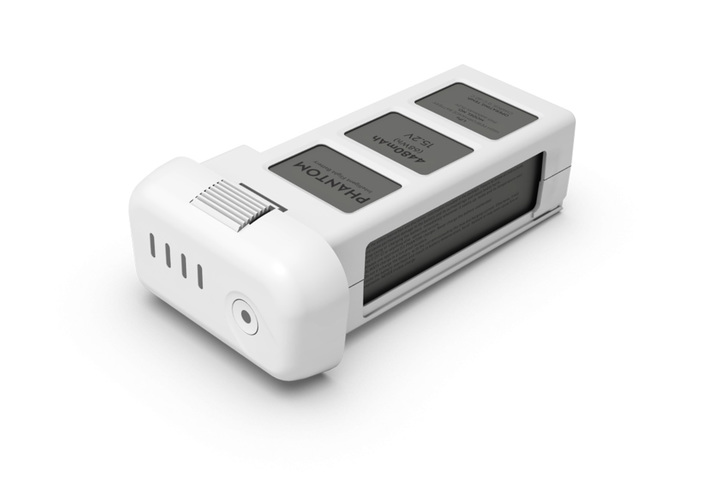How to fly with rechargeable batteries

There are many kinds of recharegable batteries, but two types, lithium ion (Lion) and lithium polymer (Lipo) batteries, dominate the consumer electronics market, and are commonly used to power a range of devices, including computers, cameras, and even drones, that are commonly placed in checked or carry on baggage by passengers. Airlines and airline regulatory agencies have detailed requirements for what is allowed in either checked or carry on bags, and passengers who are unaware of those rules may be forced to leave one or more of their batteries behind.
Spare batteries must be protected from damage and short circuit. Battery-powered devices should be protected from getting turned on accidentally. The information below will give you some idea of what is allowed and what is not allowed on an aircraft.
Rechargeable batteries allowed in carry-on baggage
- Dry cell rechargeable batteries such as Nickel Metal Hydride (NiMH) and Nickel Cadmium (NiCad). These kinds of batteries are similar to those used in flashlights or common electronic devices that are allowed on board the aircraft. These kinds of batteries should either be installed in the device, or safety packed such as in its original packaging from the store. If they are loose batteries, you could safety travel with them by putting them inside of individual sealable plastic bags, or by using tape or some other kind of covering on the battery terminal to protect the terminals from a short circuit.
- Lithium ion batteries (including rechargeable lithium, lithium polymer, LIPO, secondary lithium) are allowed, but with some limits. Passengers may carry consumer-sized lithium ion batteries with no more than 8 grams of equivalent lithium content or 100 watt-hours (Wh) of power per battery]. This size covers AA, AAA, 9-volt, cell phone, PDA, camera, handheld game, standard laptop computer batteries, camcorder batteries, and many drone batteries. Passengers can also bring up to two larger lithium ion batteries that each contain between 8 and 25 grams of equivalent lithium content per battery in their carry-on luggage. This size covers larger extended-life laptop batteries.
Spare rechargeable batteries in carry-on bags only
Spare rechargeable batteries of any size are not allowed in checked bags.
Rechargeable batteries installed in equipment may be in checked baggage.
All spare batteries must be protected from damage or a potential short circuit.
Typically, the original packaging, packaging designed for carrying rechargeable batteries, or other insulating material will provide sufficient protection.
At the very least pack spare batteries so that the battery terminals can't contact other batteries, or with metal objects, such as coins, keys, or jewelry.
Rechargeable battery capacity limits
Rechargeable batteries up to a certain limit are allowed.
The key is to make sure that the battery's watt-hour (Wh) rating is under the standard allowed by the FAA and your airline.
A watt-hour is defined as the product of a battery's voltage (V) and ampere-hour (Ah) rating.
This value is typically provided by the manufacturer.
Batteries with a Wh rating of 160 or less are allowed by the FAA, but those with a rating from 101 to 160 may only fly with your airline's approval.
- Up to 100 Wh and installed in equipment: Allowed both in checked and carry-on bags. Key exceptions are batteries in e-cigarettes or vaporizers, devices which are not allowed in checked baggage.
- From 101 to 100 Wh and installed in equipment: You must first get approval from your airline. Also, you can carry a maximum of two spares in your carry on bags.
Rechargeable battery safety hints
- If you are not going to use a device in flight, keep it turned off , and consider taking steps to prevent inadvertent activation. For example, you could tape the on-off switch in the "off" position.
- Keep spare batteries, and batteries installed in devices you will not use in flight, at a less than a fully charged state, no greater than 30% of its maximum capacity.
- Buy batteries from reputable sources and only use batteries approved for your device. Also, avoid batteries that you think may be a counterfeit since they may not be manufactured to the proper safety specifications.
- Do not carry recalled, dead, or damaged batteries on aircraft. If you suspect that your battery has been recalled, check the manufacturer's website, or with an appropriate organization such as the US Consumer Product Safety Commission.
- Avoid crushing, puncturing, or putting a high degree of pressure on any battery, as this can cause an internal short-circuit, resulting in overheating.
Other battery resources
Flying with batteries
Flying with a drone
Drone FAQs
FAA Brochure on Batteries
Additional baggage pages
Carry-on bag tips
Prohibited items
Flying with cash
Flying with computers
http://www.airsafe.com/issues/baggage/rechargeable-batteries.htm -- Revised 7 October 2016